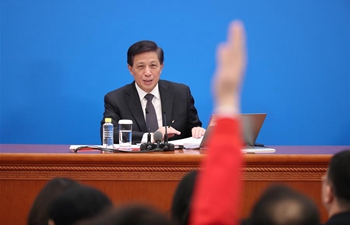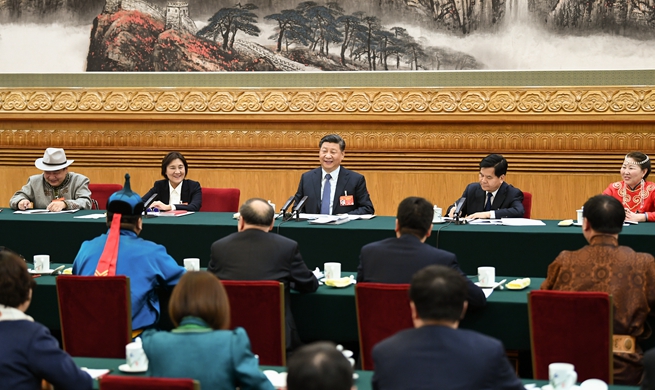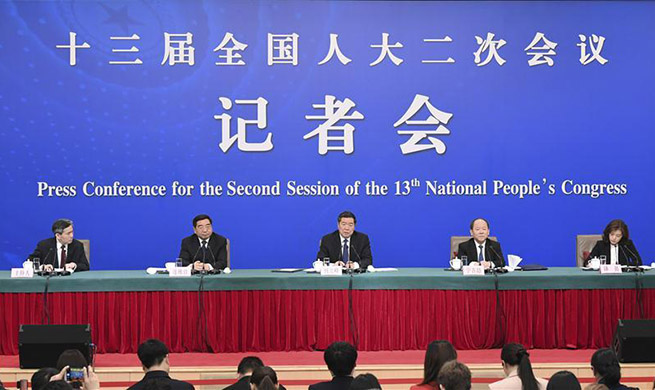MANILA, March 6 (Xinhua) -- Around two millions Filipinos are added to the Philippine population every year, the country's Secretary for Socioeconomic Planning Ernesto Pernia said on Wednesday.
"Population growth in the country is slowing, but Filipinos continue to significantly increase in number, around two millions every year. Family Planning program plays a crucial role in reducing poverty as it enables couples to plan and invest in their children better," Pernia said.
He said that the Philippine National Economic and Development Authority (NEDA) " will make sure that the country's population growth is well managed and that programs are aligned with development plans."
Pernia is also the director general of NEDA.
NEDA said that the Duterte government will carry out the full and intensified implementation of the National Program on Population and Family Planning (NPPFP), which was approved by Philippine President Rodrigo Duterte on Monday.
The NPPFP, a major component of the Responsible Parenthood and Reproductive Health (RPRH) Law, aims to reduce unplanned and unwanted pregnancies by enabling couples and individuals to attain their desired number of children within the context of responsible parenthood.
Pernia said the implementation of the NPPFP aims to increase modern contraceptive prevalence rate (mCPR) to 65 percent, and lower fertility to the replacement rate of 2.1 average number of children per woman by 2022.
In the Association of Southeast Asian Nations (ASEAN), the Philippines has the highest fertility rate (2.7 children per woman) and remains one of the region's fastest-growing populations, with an average annual growth of 1.6 percent, according to NEDA.
The Philippine Development Plan 2017-2022 indicates that harnessing the demographic window, a condition where the majority of the population is young and in good health, and has the right skill set to be highly productive, is key in reducing poverty and achieving inclusive growth in the medium-term and long-term.
In pursuing this, Duterte issued an Executive Order in 2017, directing government agencies to implement the RPRH Law, particularly the NPPFP, to attain zero unmet need for family planning and reduce unplanned pregnancies by enabling couples to have their desired number and spacing of children.
As of August 2015, the Philippine Statistics Authority (PSA) said the Philippines has a population of 100.98 million.













